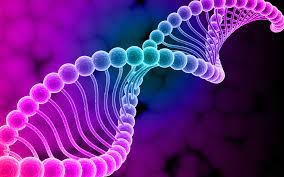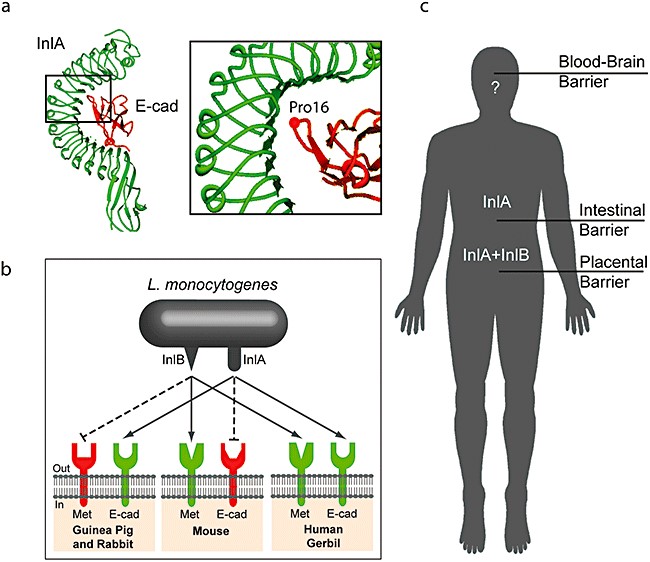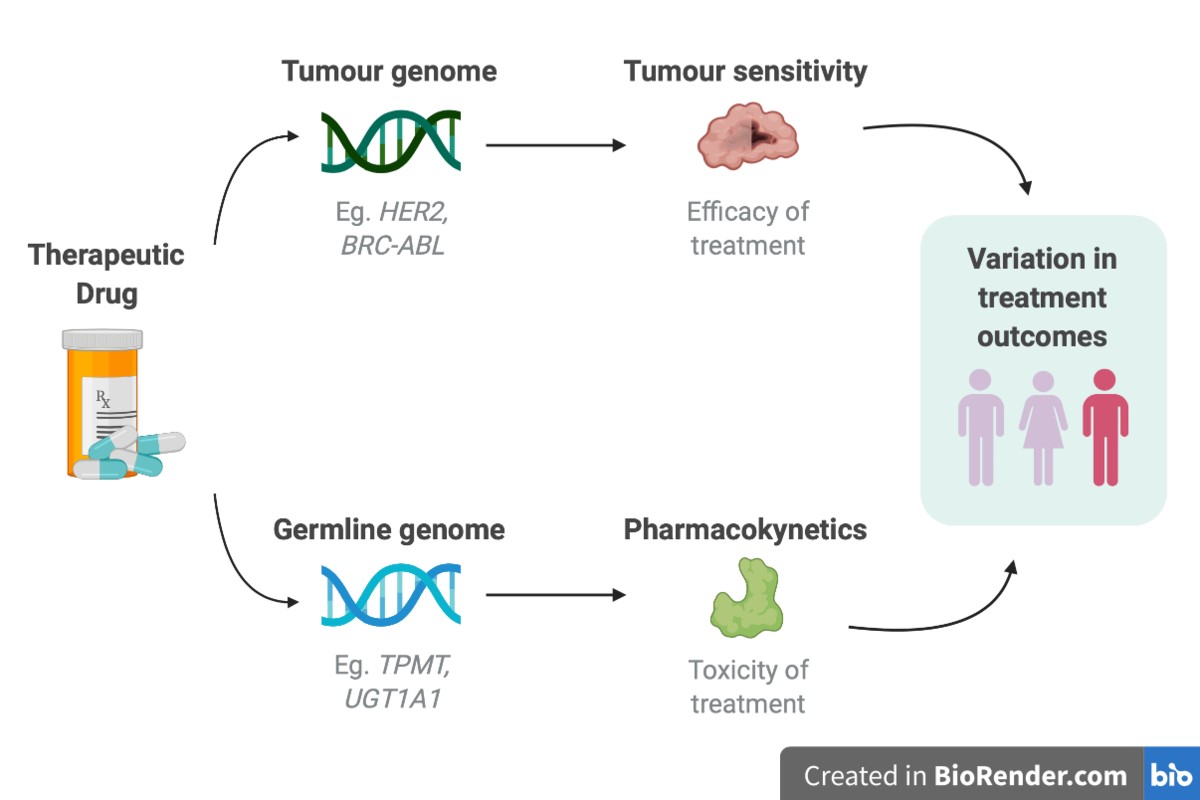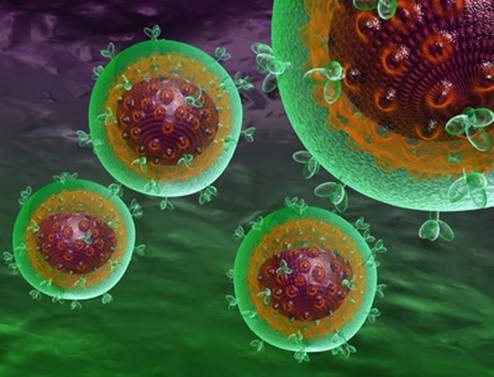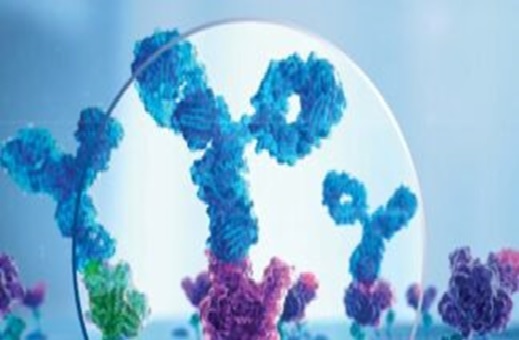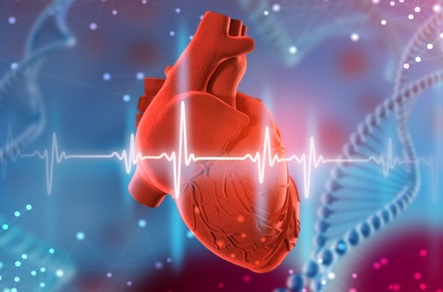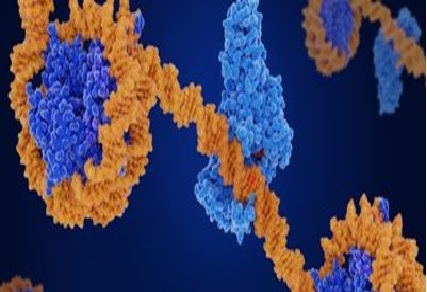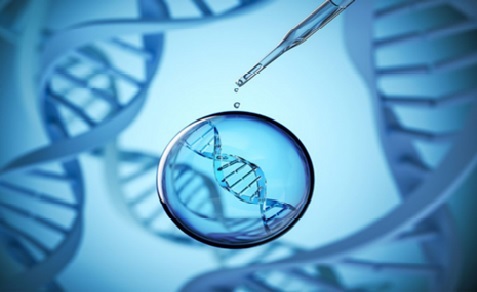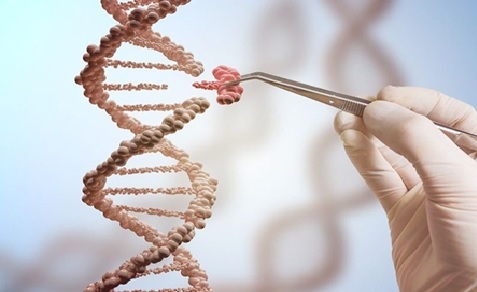Rebuilding Hope: Unveiling the Miracle Proteins That Supercharge Stroke Recovery
An ischemic stroke happens when blood supply to a portion of the brain is cut off or decreased, preventing brain tissue from receiving oxygen and nutrients. To improve patient outcomes, treatments are required. Osaka University researchers have discovered two proteins that reduce inflammation, increase brain development, and restore sensory and motor abilities in mice after an ischemic stroke.[1]
Researchers have highlighted the significance of Wnt/β-catenin signaling as a potential therapeutic approach for treating ischemic stroke. However, the complete understanding of this signaling pathway is still lacking. In a recent study, scientists focused on RSPO3 (R-spondin 3)/LGR4 (leucine-rich repeat-containing G protein-coupled receptor 4) signaling, which has been shown to resolve TLR4 (toll-like receptor 4)-induced inflammation in lung injury. The researchers aimed to determine the role of RSPO3/LGR4 signaling in the context of the ischemic brain. By investigating this signaling pathway, they sought to uncover its potential importance and implications for ischemic stroke treatment.
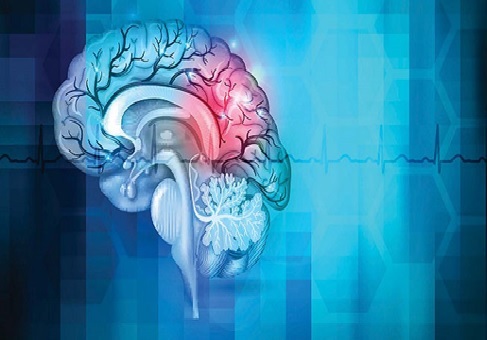
Figure .1 Rebuilding Hope: Unveiling the Miracle Proteins That Supercharge Stroke Recovery
Figure 1 shows Lead author of the study, Dr. Munehisa Shimamura, explained that previous research had demonstrated the beneficial effects of RSPO3 in lung injuries associated with inflammation. Additionally, RSPO3 was found to activate the "canonical Wnt pathway," which is known to facilitate the growth of neurites. Building on this knowledge, the researchers aimed to investigate whether RSPO3 could reduce inflammation and promote neurite outgrowth following an ischemic stroke.
During their study, the research team from Osaka University conducted localization analysis of RSPO3 and LGR4 in the ischemic brain. They discovered that RSPO3 was predominantly present in endothelial cells, while LGR4 was found in microglia/macrophage cells and neurons. This finding provides insight into the specific cell types involved in the RSPO3/LGR4 signaling pathway within the ischemic brain. By understanding the cellular localization of these proteins, researchers can gain a better understanding of the mechanisms underlying their potential role in inflammation reduction and neurite outgrowth following an ischemic stroke.
Dr. Hironori Nakagami, a senior author of the study, explained that due to the close localization of RSPO3 and LGR4, it was hypothesized that RSPO3 could have an effect on LGR4. To investigate this hypothesis, the researchers conducted an experiment where they injected RSPO3 directly into the brains of mice at 24 and 48 hours after inducing an ischemic stroke. This experimental approach aimed to evaluate the potential impact of RSPO3 on the RSPO3/LGR4 signaling pathway and its effects on stroke recovery.
In their study, the researchers observed the effects of injecting RSPO3 into the brains of mice nine days after inducing a stroke. They found that mice injected with RSPO3 showed fewer sensory and motor deficits compared to those injected with a control protein. Additionally, the expression of pro-inflammatory factors was reduced in the RSPO3-treated mice, indicating a decrease in inflammation. The researchers also noted an increase in signs of neurite outgrowth, suggesting potential neural repair. Furthermore, the RSPO3/LGR4 signaling pathway was found to decrease the expression of TLR4, an essential protein involved in the initiation of inflammation. These findings suggest that RSPO3/LGR4 signaling plays a role in reducing inflammation and promoting neural recovery following a stroke.
The research findings presented in the study highlight the potential of targeting RSPO3/LGR4 signaling as a promising avenue for the development of new therapies in the context of ischemic stroke. The observed improvements in sensory and motor deficits, reduction in pro-inflammatory factors, and promotion of neurite outgrowth provide evidence for the therapeutic potential of this signaling pathway. These results offer hope for the development of novel treatments that could ultimately enhance patient outcomes in ischemic stroke cases. Further exploration and investigation of RSPO3/LGR4 signaling could lead to the development of innovative therapies aimed at improving stroke recovery and patient prognosis.
References:
- https://www.genengnews.com/neurological-disorders/proteins-that-boost-stroke-recovery-uncovered/
Cite this article:
Janani R (2023),Rebuilding Hope: Unveiling the Miracle Proteins That Supercharge Stroke Recovery, AnaTechMaz, pp.172


